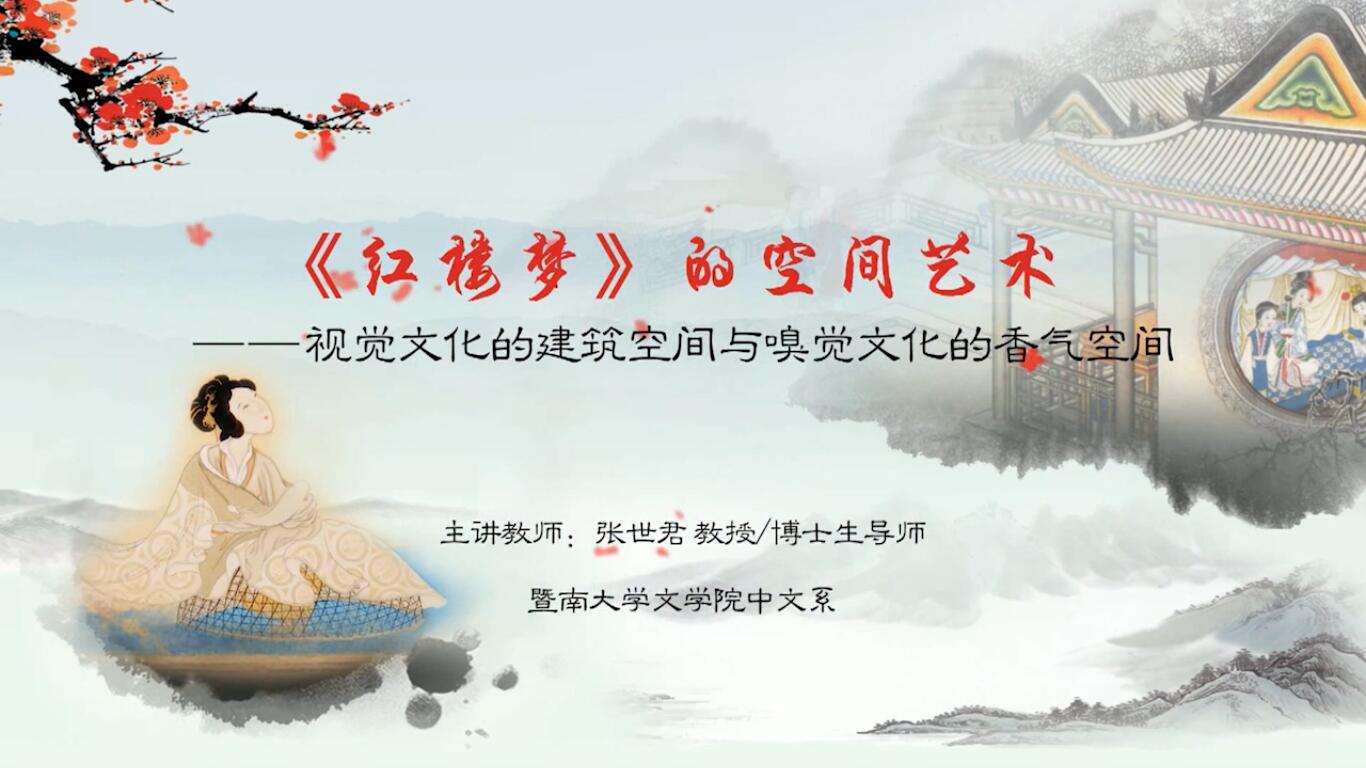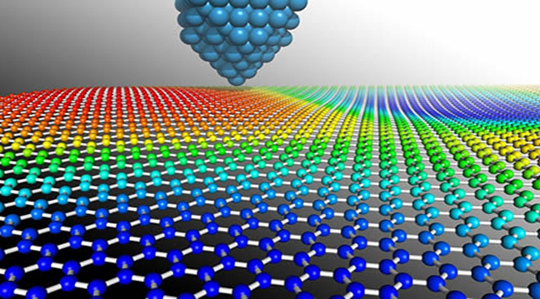
Analog Electronic Technology课程:前往报名学习
Electronic technology is the physical cornerstone of today's information era. Nowadays, the electronic system design is more and more sophisticated and the operation speed is faster and faster. All the happening keep us to pore over what components are included in these electronic systems? How do they work? How to use them to design circuit to meet different requirements? The course of Analog Electronic Technology will lead us to acquire and master these knowledges.
开设学校:西安邮电大学;学科:工学、
Electronic technology is the physical cornerstone of today's information era. Nowadays, the electronic system design is more and more sophisticated and the operation speed is faster and faster. All the happening keep us to pore over what components are included in these electronic systems? How do they work? How to use them to design circuit to meet different requirements? The course of Analog Electronic Technology will lead us to acquire and master these knowledges.
-1.1 Introduction of Semiconductor and Intrinsic Materials
-1.2 Extrinsic Materials: n-Type and p-Type Materials
-1.4 Characteristics of Semiconductor Diode
-1.5 Diode Equivalent Circuits,Diode Capacitance and Zener Diode
-Chapter I assignment
-2.1 Load-Line Analysis and Diode Equivalent Model
-Chapter 2 assignment
-3.1 Transistor Construction and Operation
-3.2 Transistor Configuration and Characteristics
-3.3 Relationship of α and β,Transistor Amplifying Action
-Chapter 3 assignment
-4.2 Fixed-Bias Circuit and Emitter-Stabilized Bias Circuit
-4.3 Voltage-Divider Bias and Application
-Chapter 4 assignment
-5.1 Amplification Concept and AC
-5.2 The re Transistor Model of CB and CE
-5.3 The Hybrid Equivalent Model vs Hybrid Model
-5.4 Fixed-Bias Configuration and Voltage-Divider Bias in AC Domain
-5.5 AC Parameters of CE Emitter-Bias Configuration
-5.6 Darlington Connection and Summary
-Chapter 5 assignment
-6.1 Concepts and Construction of FETs
-6.3 Transfer Characteristics of MOSFETs and Summary
-Chapter 6 assignment
-7.1 Fixed-Bias Configuration and Self-Bias Configuration
-7.2 JFET Voltage-Divider Biasing and MOSFET Biasing
-Chapter 7 assignment
-8.1 Introduction FET Amplifiers and Major Components of FET Small-Signal Model
-8.2 FET AC Equivalent Circuit and Self-Bias Configuration
-8.3 JFET Voltage-Divider Configuration and Source-Follower(Common-Drain) Configuration
-8.4 JFET Common-Gate Configuration , MOSFET AC Equivalent Circuit and Summary
-Chapter 8 assignment
-9.2 Floating Signal and Differential vs Common-Mode Signal
-9.3 Differential Amplifier Circuit
-9.4 The Large-Signal Transfer Characteristic of Differential Amplifier Circuit
-9.5 Use of Constant-Current Source in Differential Amplifier Circuit and Summary
-Chapter 9 assignment
-10.1 Characteristics and Types of Power Amplifiers
-10.2 Class B Amplifier Operation and Performance Analysis
-10.3 Class AB Amplifier Operation ,OTL Circuit and Summary
-Chapter I0 assignment
-11.1 Feedback Concepts and Tpyes
-11.2 Instantaneous Polarity Method
-11.3 Feedback Connection Determination
-11.4 Negative Feedback Amplifier Circuit Performances
-11.5 Calculation of Feedback Circuits
-11.6 Feedback Amplifier—Performance Considerations
-11.7 Phase and Frequency Considerations and Summary
-Chapter 11 assignment
张新,女,教授,工学博士,陕西省通信学会会员,中国电子学会电子线路教学与产业专家委员会委员,加州州立大学圣贝分校访问学者。从事网络性能分析,无线通信资源分配等方向的研究,在国内外学术期刊上发表论文40多篇,被SCI、EI收录20多篇。参与国家自然科学基金项目《三维视频处理系统芯片动态可重构可编程体系结构研究》、主持西安市科技局项目《信息传感异构网络融合实现技术研究》。主持多项企业合作项目,获国家发明专利授权1项。所承担的《数字电路与逻辑设计》课程荣获陕西省精品课程,完成学校课程建设及教学改革项目6项,出版教材1部。参与的《电子技术课程教学改革的研究与实践》、《可编程技术教学研究与实践》项目荣获2001年陕西省教学成果二等奖。


